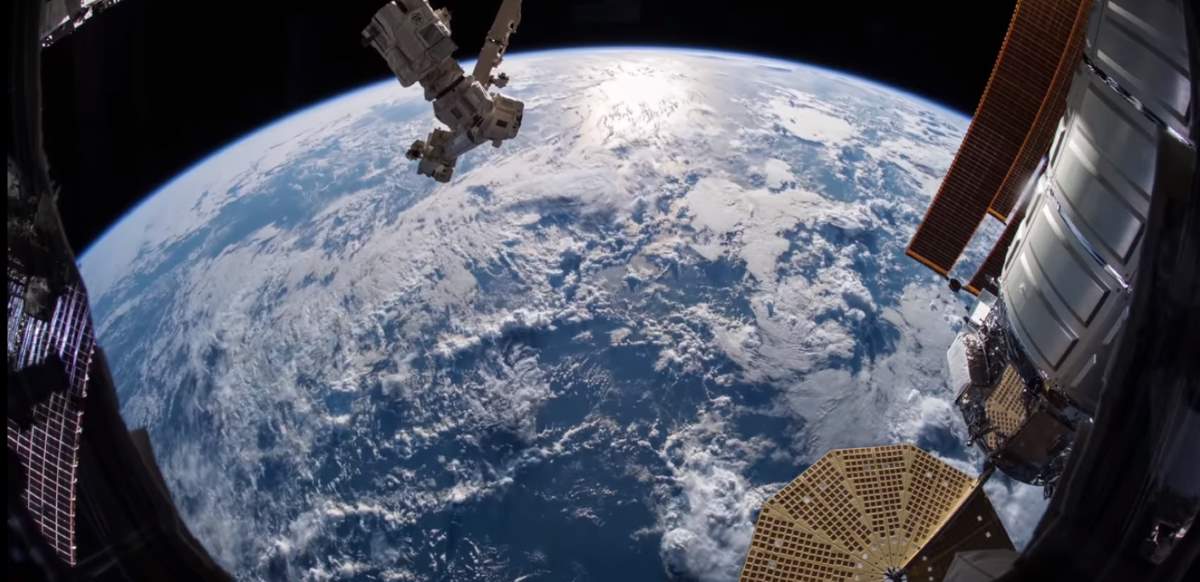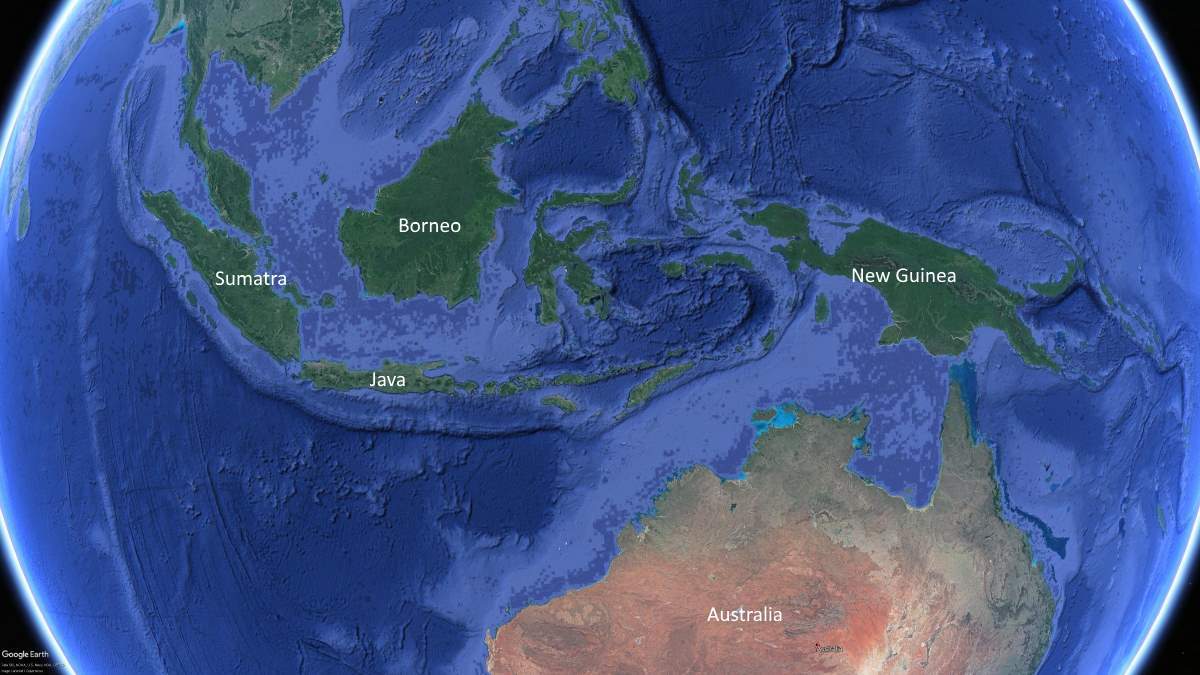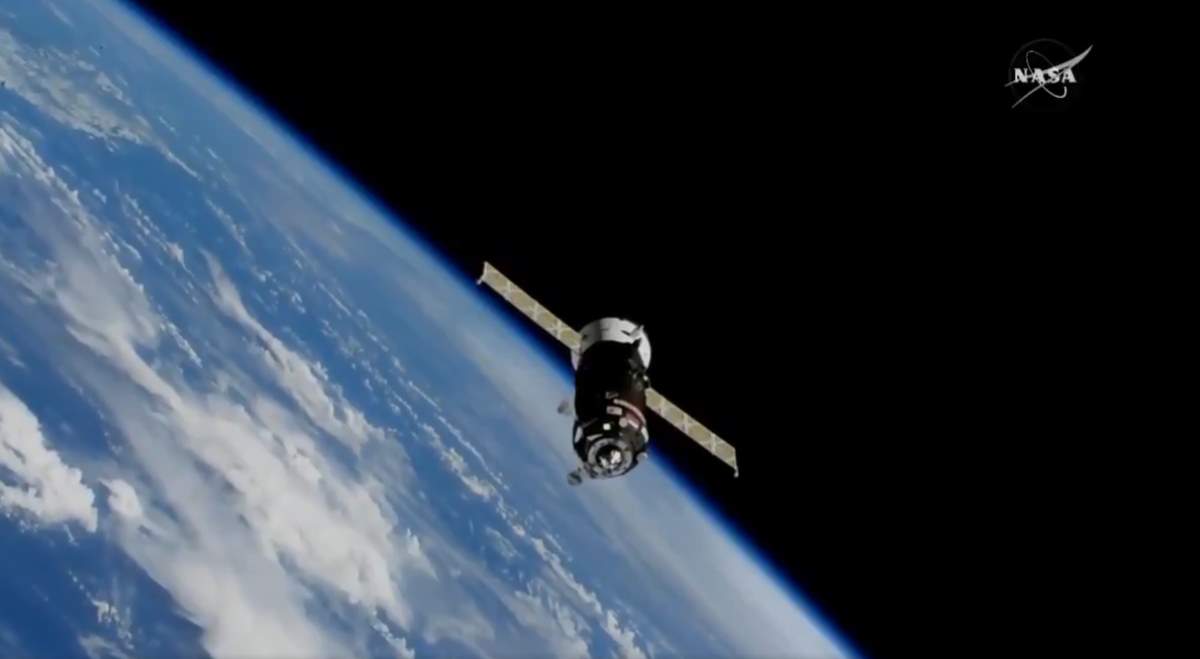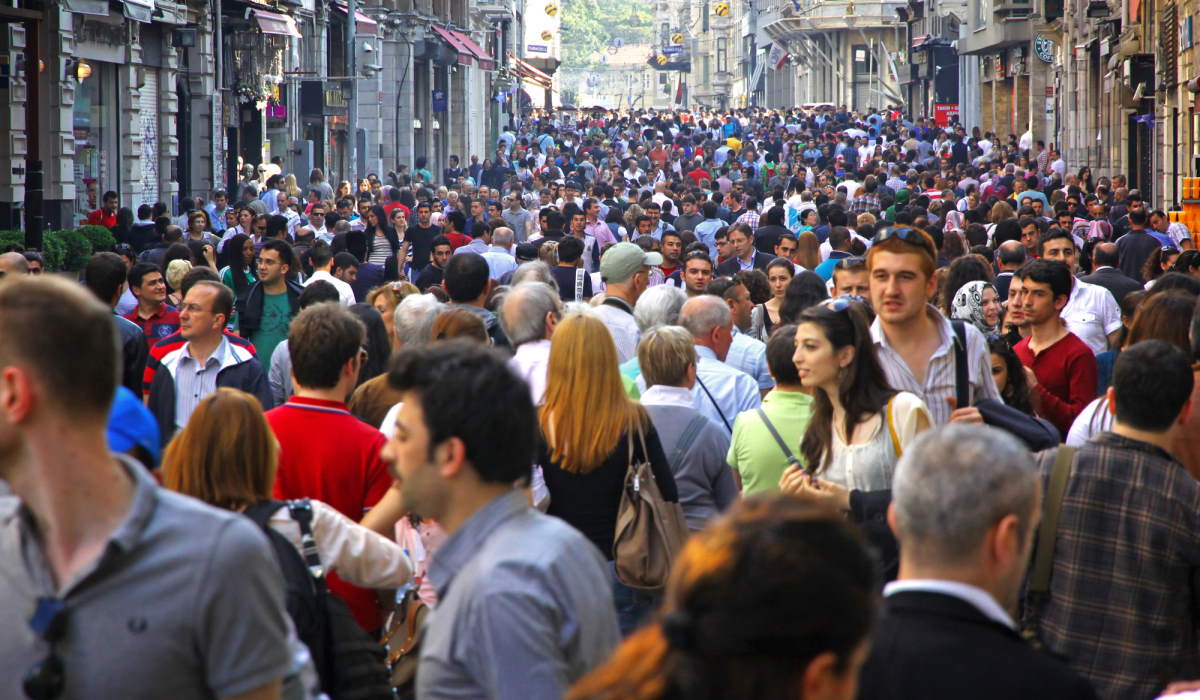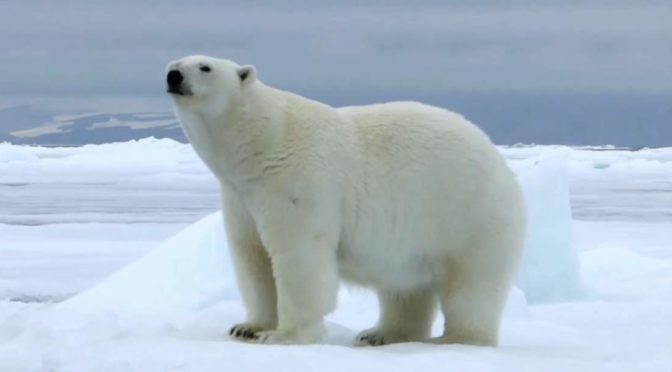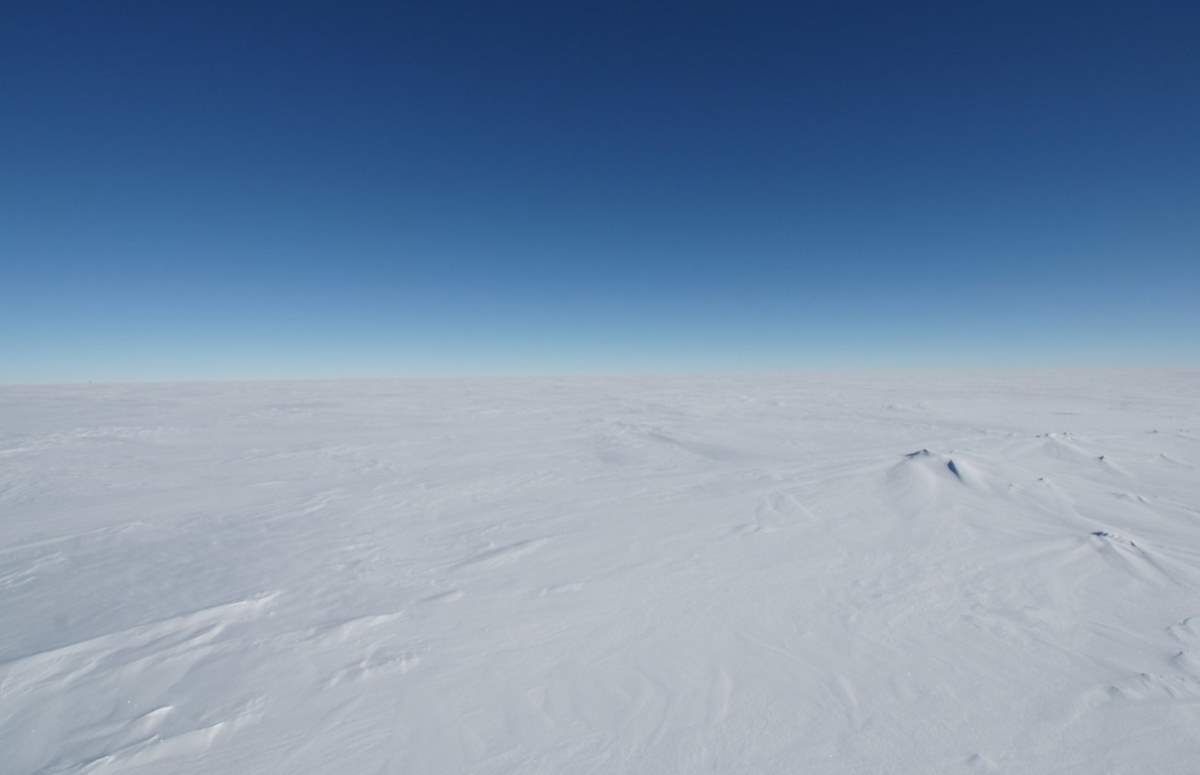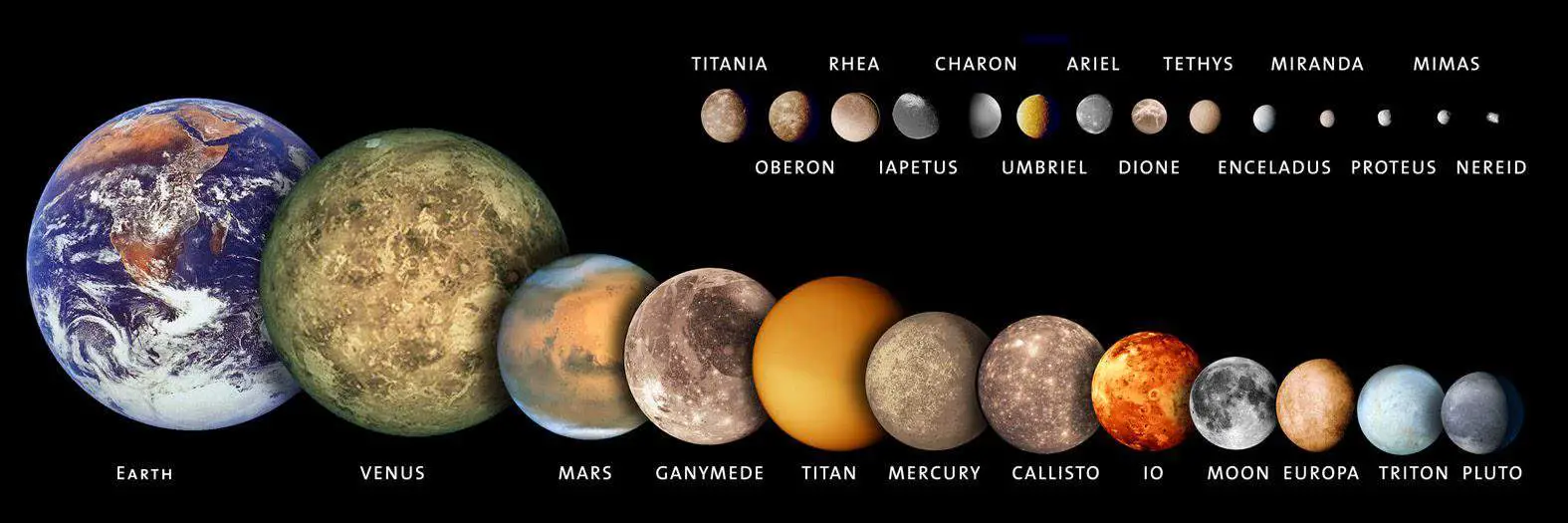On July 20, 2018 (on the 49th anniversary of the moon landing), Linn LeBlanc, Chief Operating Officer at Buzz Aldrin Ventures, LLC asked on Twitter that: “Where were you 49 years today when @TheRealBuzz and Neil Armstrong made those historic first steps onto the Moon. Congratulations to the #Apollo11 crew and to the thousands that made those steps possible!” And Buzz Aldrin’s answer to that question was brilliant: “I was on the Moon!”
Continue reading “I was on the Moon!”Amazing Time-Lapse Video Showing Earth from the ISS
European Space Agency has published an amazing time-lapse video showing the Earth from the International Space Station (ISS). The space agency wrote “Join ESA astronaut Alexander Gerst for a quick flight from the USA to Africa aboard the International Space Station in this time-lapse filmed 12.5 times faster than actual speed.” You can watch that breathtaking video below:
Continue reading “Amazing Time-Lapse Video Showing Earth from the ISS”Song of Saturn and Its Moon Enceladus
NASA has published an amazing video titled “Sounds of Saturn: Hear Radio Emissions of the Planet and Its Moon Enceladus”. The analysis of the data from the Cassini Spacecraft’s Grand Finale orbits showed a surprisingly powerful interaction of plasma waves moving from Saturn to its icy moon Enceladus. Researchers converted the recording of plasma waves into a “whooshing” audio file that we can hear, in the same
18 Largest Islands on Earth
An island or isle is any piece of sub-continental land that is surrounded by water. It is believed that there are over 100,000 islands in the world. It’s difficult to put a figure to the exact number as there are different kinds of them in various water bodies including oceans, seas, lakes, and rivers. There is even an island within a lake that is situated on an island located in a lake on an island. Only 322 of them are larger than 1000 km2 (386 sq mi). Here are the top 18 largest islands on Earth. Why 18? Because this is the number of islands that have a land area of greater than 100,000 square kilometers (38,610 square miles).
Continue reading “18 Largest Islands on Earth”Russian spacecraft arrives at the ISS in just 3 hours and 40 minutes
Russia’s Progress 70 resupply spacecraft set a milestone for International Space Station operations when it arrived in a record time: just three hours and 40 minutes, or only two Earth orbits (of the ISS). The uncrewed spacecraft delivered the cargo which includes 530 kg of propellant, 52 kg of oxygen gas, 420 kg of water, and 1,565 kg of “dry” cargo such as food and other equipment to the space station.
The spacecraft launched at 5:51 p.m. EDT (3:51 a.m. July 10 in Baikonur) from the Baikonur Cosmodrome in Kazakhstan. Less than 10 minutes after the launch, the resupply ship reached preliminary orbit and deployed its solar arrays and navigational antennas as planned. The spacecraft then made two orbits of Earth before docking at 9:31 p.m. EDT to the Pirs Docking Compartment of the International Space Station.
Continue reading “Russian spacecraft arrives at the ISS in just 3 hours and 40 minutes”The Earth’s carrying capacity for human life is not fixed
In a recent Nature Sustainability paper, a team of scientists concluded that the Earth can sustain, at most, only 7 billion people at subsistence levels of consumption (and this June saw us at 7.6 billion). Achieving ‘high life satisfaction’ for everyone, however, would transgress the Earth’s biophysical boundaries, leading to ecological collapse.
Continue reading “The Earth’s carrying capacity for human life is not fixed”We are missing our chance to stop the sixth mass extinction
The immense challenge of climate change has caused myopia among a lot of politicians, sending them into a self-destructive state of denial. More quietly, though, that immensity has triggered another kind of myopia, this one among conservationists. In focusing on the staggering planetary impacts of greenhouse emissions, they are losing sight of the other ways that human beings lay a heavy hand on the planet. In particular, they are paying too little attention to the true causes of (and potential solutions to) the loss of species around the world – a massive die-off often referred to as ‘the sixth extinction’.
Last summer, a team of biologists led by Paul R Ehrlich of Stanford University, the author of The Population Bomb (1968), published an article in the journal Science Advances, setting out the problem in stark terms. The average rate of vertebrate species loss over the past century has been up to 100 times higher than the average background rate of extinction, and roughly 60 percent of large animal species (most of them in the developing world) are threatened with extinction. Another recent major study, this one by the ecologist William Ripple of Oregon State University and his colleagues, comes to depressingly similar conclusions.
Continue reading “We are missing our chance to stop the sixth mass extinction”ESA Has Published Complete Rosetta Image Archive
European Space Agency (ESA) has published the complete Rosetta image archive under a Creative Commons license, which means the complete archive is freely available: you can copy, share, and tweak the content.
Continue reading “ESA Has Published Complete Rosetta Image Archive”Coldest place on Earth: New satellite data reveals lowest temperature recorded in Antarctica
According to a new study published this week in the AGU (American Geophysical Union) journal Geophysical Research Letters, several spots on the East Antarctic Plateau reach temperatures of nearly -100 °C (-148 °F) during the Antarctic winter. Researchers re-examined the data from several Earth-observing satellites and found that the coldest place on Earth is even colder than previously thought.
Continue reading “Coldest place on Earth: New satellite data reveals lowest temperature recorded in Antarctica”The Moons of the Solar System in Perspective
To put things into a perspective, here are some of the largest moons of our Solar System (including our moon) and their sizes compared to Earth.
Continue reading “The Moons of the Solar System in Perspective”
